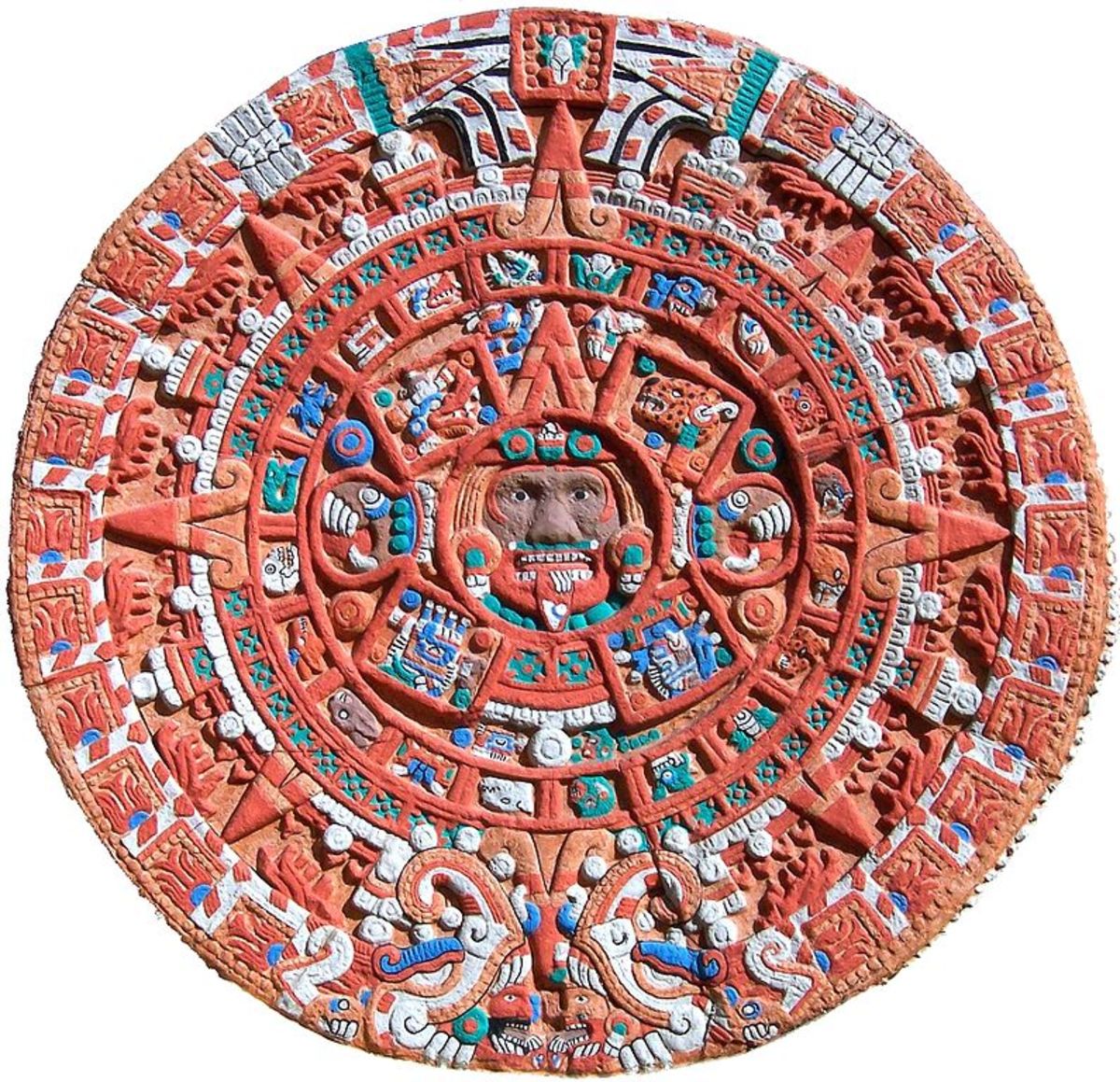The Aztec Calendar A Window Into A Complex Civilization
Stay organized with a detailed holiday monthly calendar. View all the national and international holidays month by month, helping you plan vacations and special events easily.

With great pleasure, we will explore the intriguing topic related to The Aztec Calendar: A Window into a Complex Civilization. Let’s weave interesting information and offer fresh perspectives to the readers.



The Aztec calendar system, a testament to the intellectual prowess of this ancient Mesoamerican civilization, stands as a complex and intricate tool for understanding time, nature, and the cosmos. Far more than simply a means of tracking days and years, the Aztec calendar served as a vital element in their religious beliefs, social organization, and agricultural practices. This article delves into the intricacies of the Aztec calendar, exploring its structure, purpose, and lasting legacy.
:max_bytes(150000):strip_icc()/close-up-of-aztec-calendar-stone-carving-136802632-570a4e823df78c7d9edb386e.jpg)
The Aztec calendar system, like many other Mesoamerican calendars, consisted of two distinct but interwoven cycles:

The 260-day Calendar (Tonalpohualli): This calendar, also known as the "Divination Calendar," was primarily used for religious and ritual purposes. It consisted of 20 day signs, each associated with a specific deity and a particular set of characteristics, combined with 13 numbered days. This created a cycle of 260 unique day combinations, each representing a distinct energy or influence. The Tonalpohualli was used for divination, determining auspicious days for rituals, and predicting the future.

The 365-day Calendar (Xiuhpohualli): This calendar, known as the "Solar Calendar," aligned with the Earth’s orbit around the Sun. It was divided into 18 months of 20 days each, with five additional days (nemontemi) at the end. The Xiuhpohualli was used for agricultural planning, organizing social events, and keeping track of time.

The two calendars worked in tandem, creating a larger 52-year cycle. The 260-day Tonalpohualli cycle ran concurrently with the 365-day Xiuhpohualli cycle, aligning every 52 years. This grand cycle marked a significant period in Aztec society, signifying a new era and often accompanied by elaborate ceremonies and sacrifices.

The 20 day signs, each representing a specific deity, played a crucial role in the Tonalpohualli calendar. Each sign carried a distinct meaning and influence, affecting the day’s energy and its suitability for various activities. Here are some of the most prominent day signs and their associated deities:

The Aztec calendar system was deeply interwoven into the fabric of their society, impacting various aspects of their lives:
The Aztec calendar system, despite its complexity, reveals the sophisticated understanding of time, astronomy, and the natural world possessed by this ancient civilization. It stands as a testament to their intellectual prowess and their deep connection to the cosmos. The calendar’s influence can be seen in modern Mesoamerican cultures, where elements of the calendar system continue to be used in traditional practices and ceremonies.
The Aztecs, like other Mesoamerican civilizations, developed a sophisticated understanding of astronomy. They meticulously observed the movements of the Sun and stars, using their observations to calculate the length of the year with remarkable accuracy.
The 52-year cycle represented a significant period in Aztec society, signifying the completion of a major cycle of time. It was a time for renewal, reflection, and the celebration of the continuation of life.
The calendar was deeply intertwined with Aztec religious beliefs. Each day sign was associated with a specific deity, and the calendar dictated the timing and nature of religious ceremonies and sacrifices.
Yes, the Aztec calendar was used for a variety of purposes, including agricultural planning, social organization, and political events.
The five nemontemi days at the end of the Xiuhpohualli calendar were considered to be unlucky and dangerous. They were associated with death, chaos, and the underworld.
The Aztec calendar system, a marvel of ancient ingenuity, offers a fascinating glimpse into the complex world of this ancient civilization. It reveals their profound understanding of time, nature, and the cosmos, and its influence can still be seen in modern cultures. Studying the Aztec calendar allows us to appreciate the intellectual prowess and cultural richness of this remarkable civilization.


:max_bytes(150000):strip_icc()/close-up-of-aztec-calendar-stone-carving-136802632-570a4e823df78c7d9edb386e.jpg)





Thus, we hope this article has provided valuable insights into The Aztec Calendar: A Window into a Complex Civilization. We thank you for taking the time to read this article. See you in our next article!
Your email address will not be published.